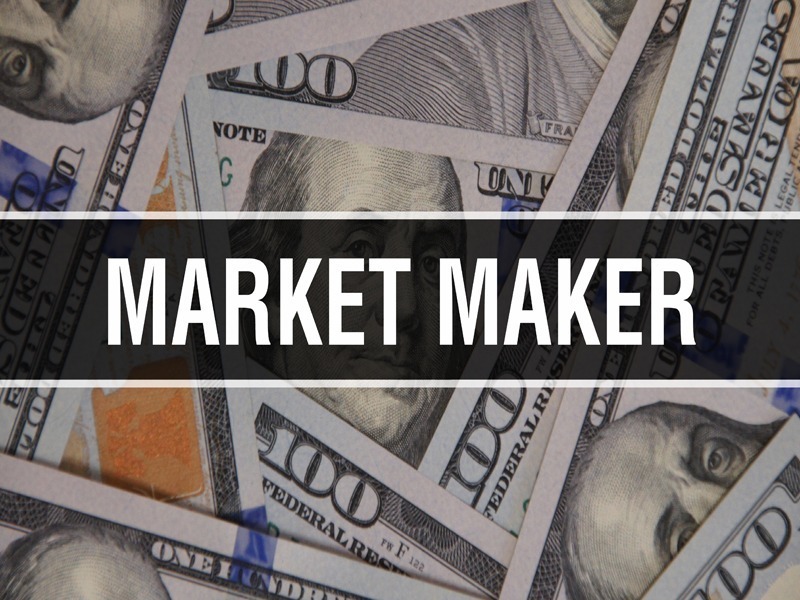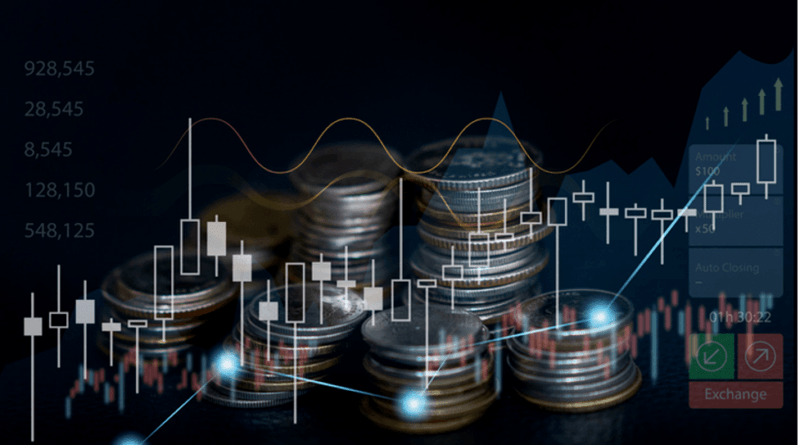How Are Spreads Determined?
A spread is the difference between the bid and ask prices of a financial instrument, such as stocks, bonds, or currencies. This seemingly simple concept plays a crucial role in the functioning of markets by influencing trading strategies and providing valuable insights into market conditions. The understanding of spreads widens one’s knowledge of how the financial market works and connects brokers and traders alike.

Definition and Components of Spreads
Examine the nuances of spreads and analyse the bid-ask dance. To lay the groundwork for a more in-depth understanding, this section explores the concept and its constituent parts.
A. Bid and Ask Prices:
The bid price represents the maximum price a buyer is willing to pay for an asset. The ask price is the minimum price a seller is willing to accept for the same asset. The spread is the numerical difference between these two prices. In essence, comprehending spreads, especially when dealing with forex trading brokers, is tantamount to deciphering the pulse of the market.
B. Market Liquidity:
Spreads are often narrower in liquid markets, where there is a high volume of buyers and sellers. In illiquid markets, spreads tend to widen due to fewer participants and increased price volatility.
Market Forces Influencing Spreads
A. Supply and Demand:
Fundamental economic principles mould the spread width, where heightened demand and limited supply contract while diminished demand and surplus supply expand spreads. These dynamics illustrate the direct correlation between market forces and spread fluctuations.
B. Market Volatility:
Spreads widen during periods of increased market volatility. Uncertainty and rapid price movements can make market participants more cautious, leading to wider spreads as a risk premium.
Role of Market Makers:

A. Market Maker Function:
Market makers play a crucial role in determining spreads by continuously quoting bid and ask prices. They help to promote market liquidity and profit from the spread itself.
B. Competition among Market Makers:
Narrower spreads may arise from market makers vying with one another to offer more attractive prices in an effort to attract and include a wider range of traders.
Impact of Transaction Costs:
Transaction costs, including brokerage fees and commissions, contribute to the overall cost of trading. Higher transaction costs can lead to wider spreads as market participants seek to offset these expenses.
Technological Advances and Electronic Trading:

Technological advancements, such as electronic trading platforms, have increased market efficiency and reduced spreads.
Automation allows for faster and more accurate order execution, contributing to narrower spreads.
Regulatory Factors:
Market participants’ behaviour and market structure are influenced by regulatory frameworks, which can have an effect on spreads. Narrower spreads may result from regulations designed to improve fair trading practises and transparency.
Conclusion
Spreads, these ever-changing metrics, are subject to a myriad of influences encompassing liquidity, market maker competition, transaction costs, regulatory nuances, and broader market forces. A nuanced understanding empowers market participants to optimise their strategies, make informed decisions, and adeptly navigate the evolving financial landscape. By unravelling the complexities of spread determination, individuals position themselves to seize opportunities with enhanced precision, ensuring adaptability in the face of market fluctuations.



